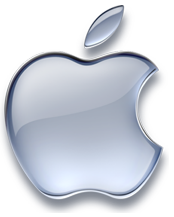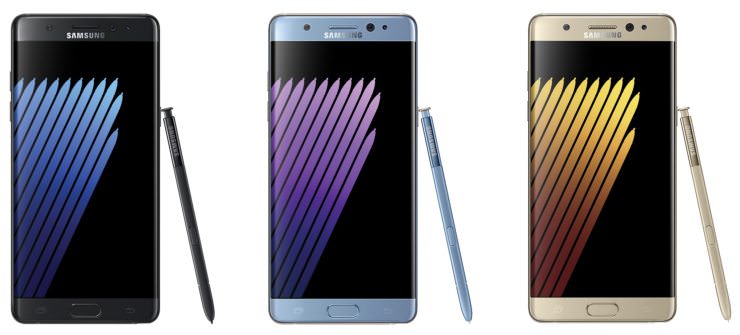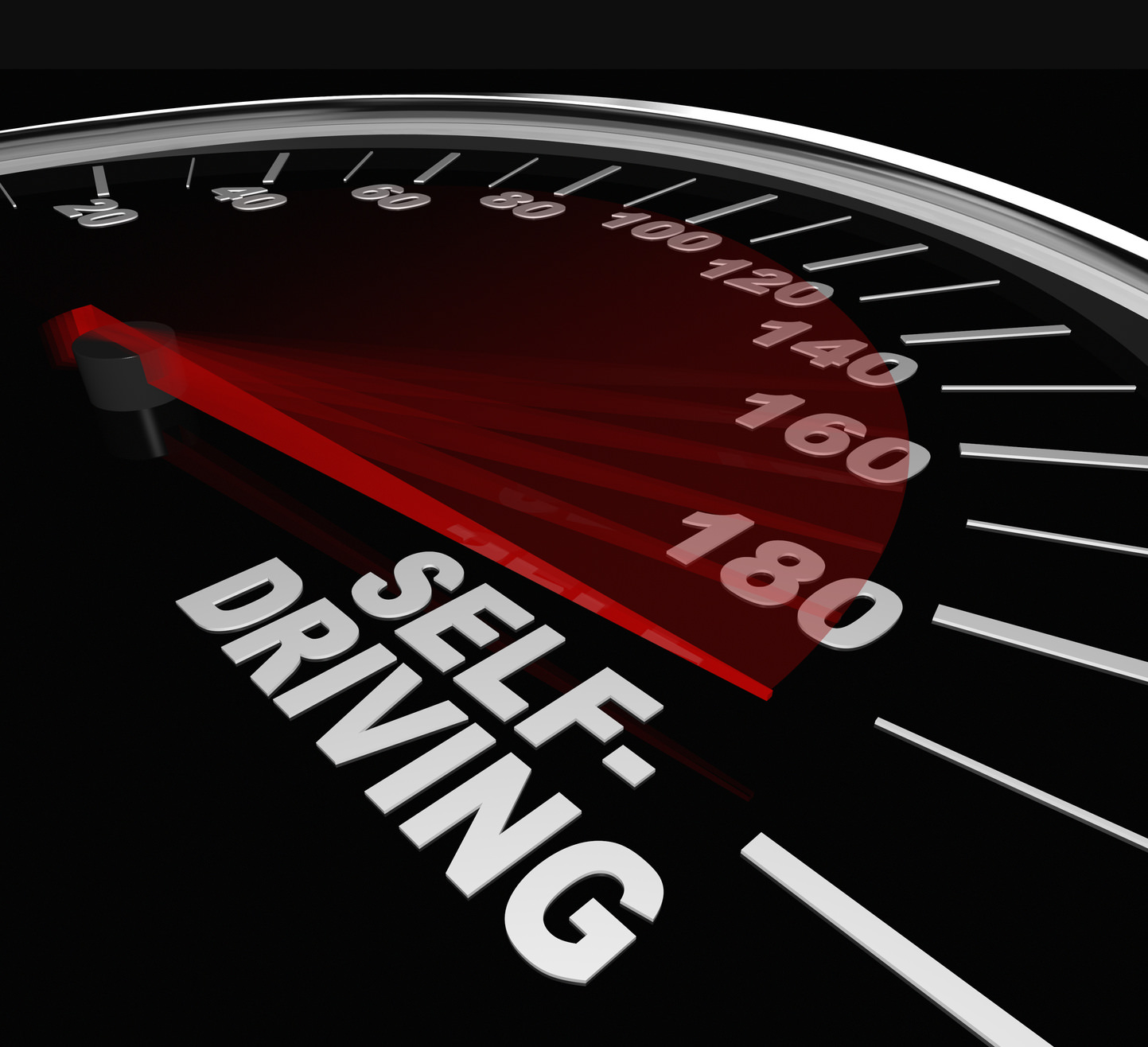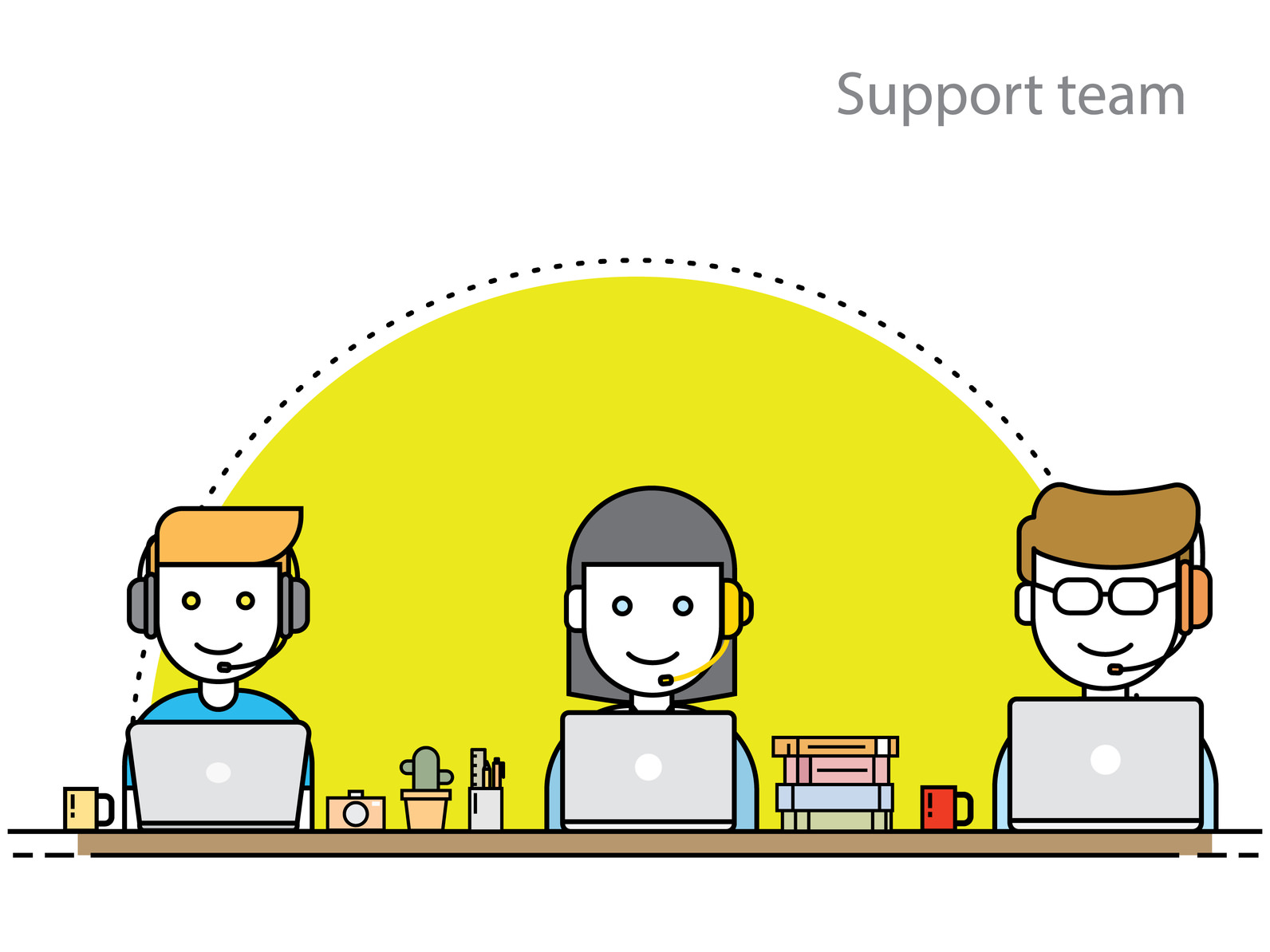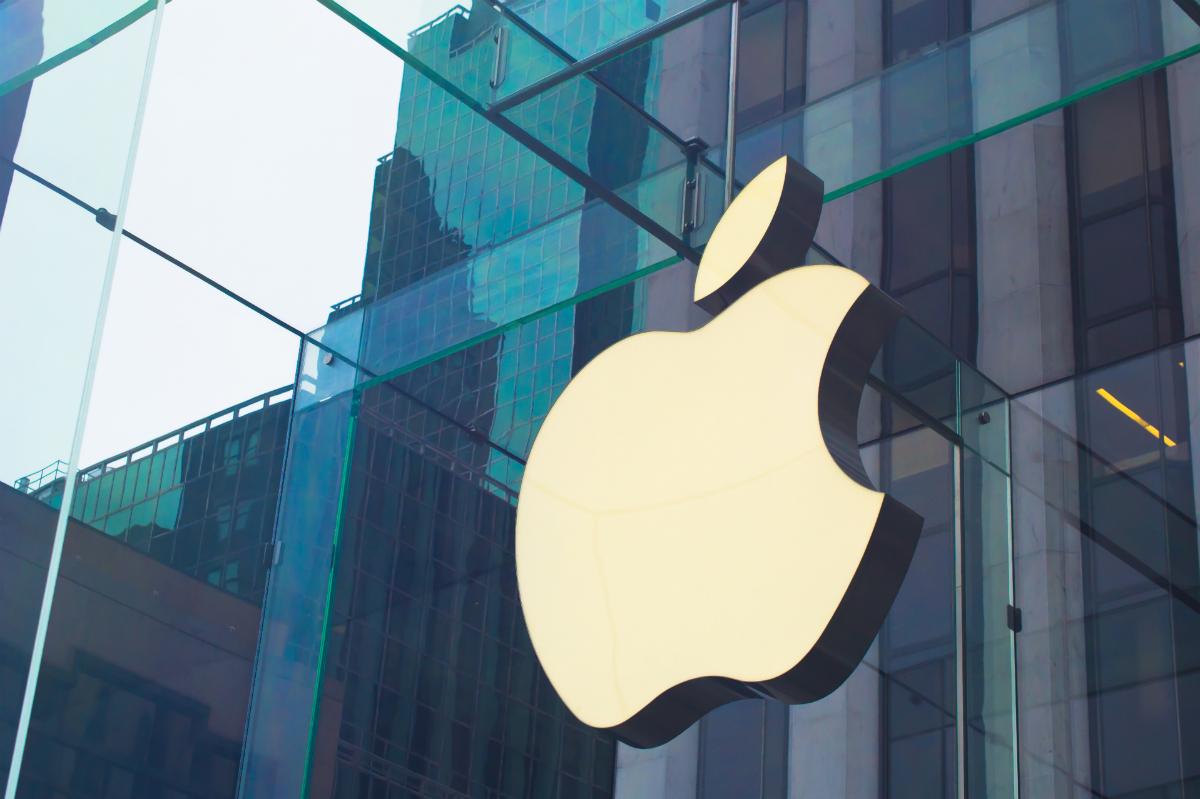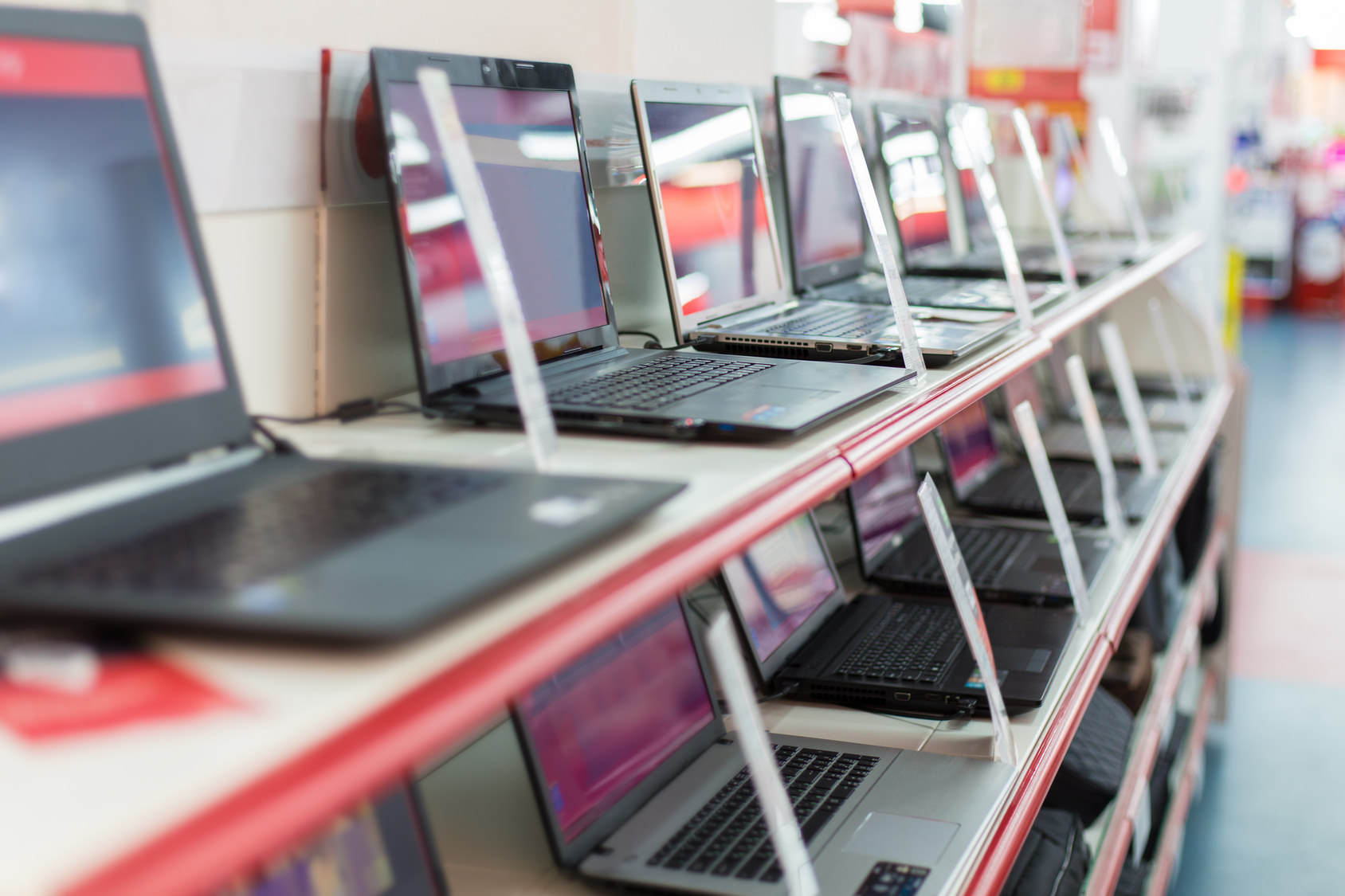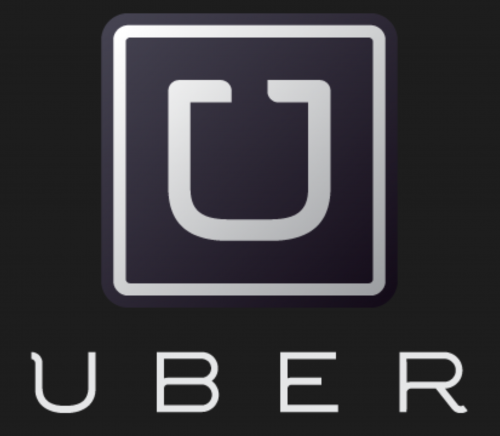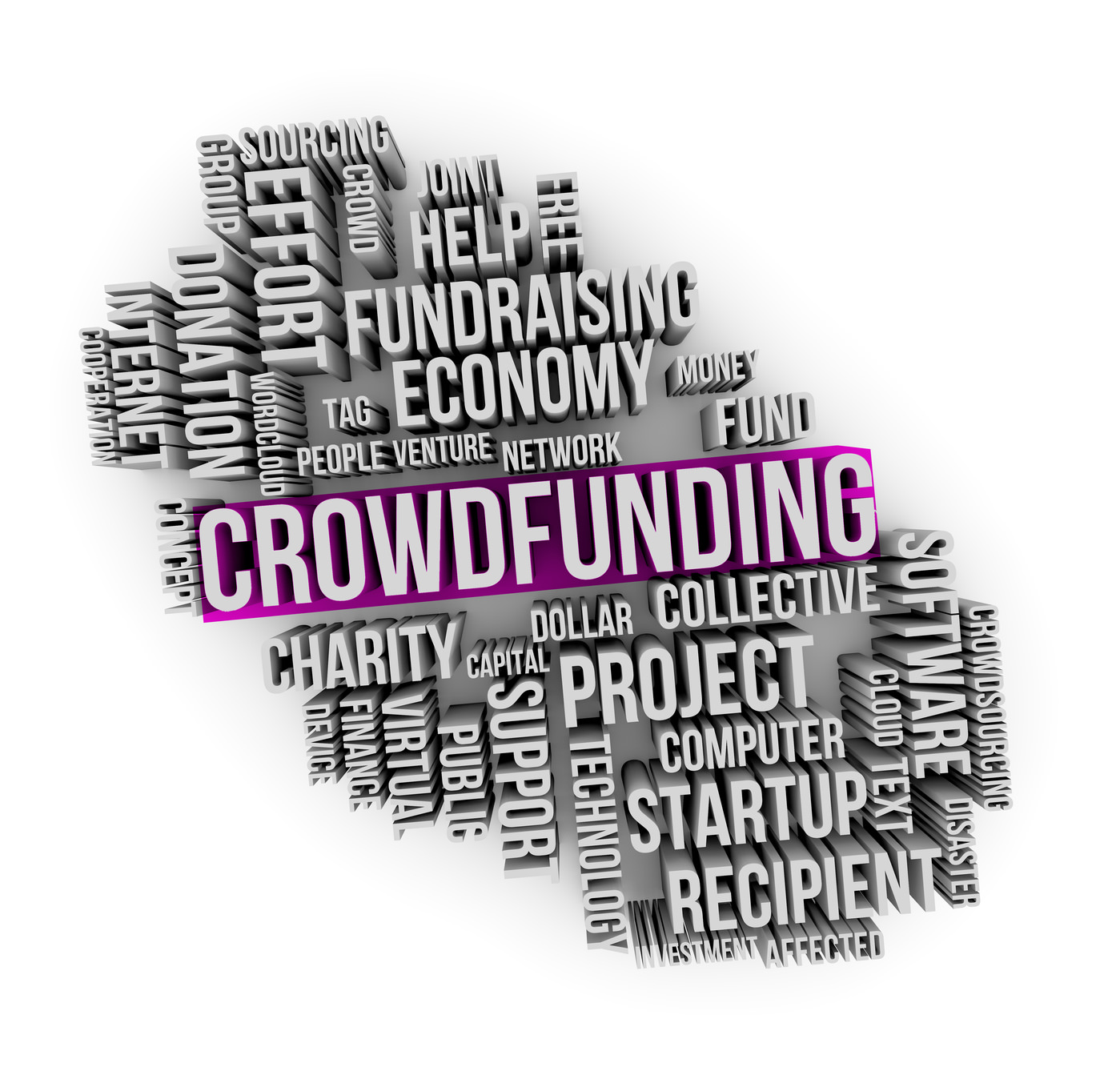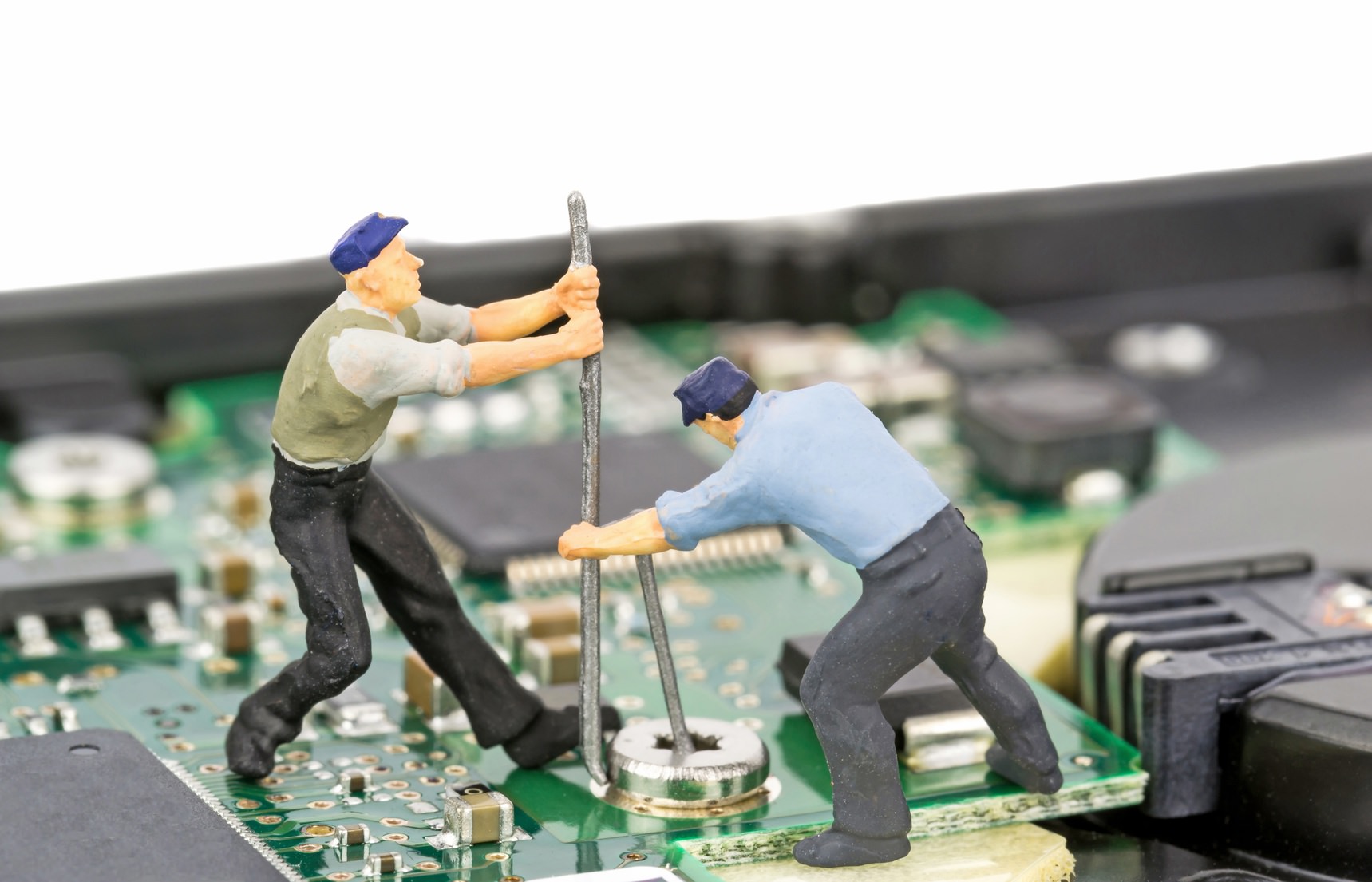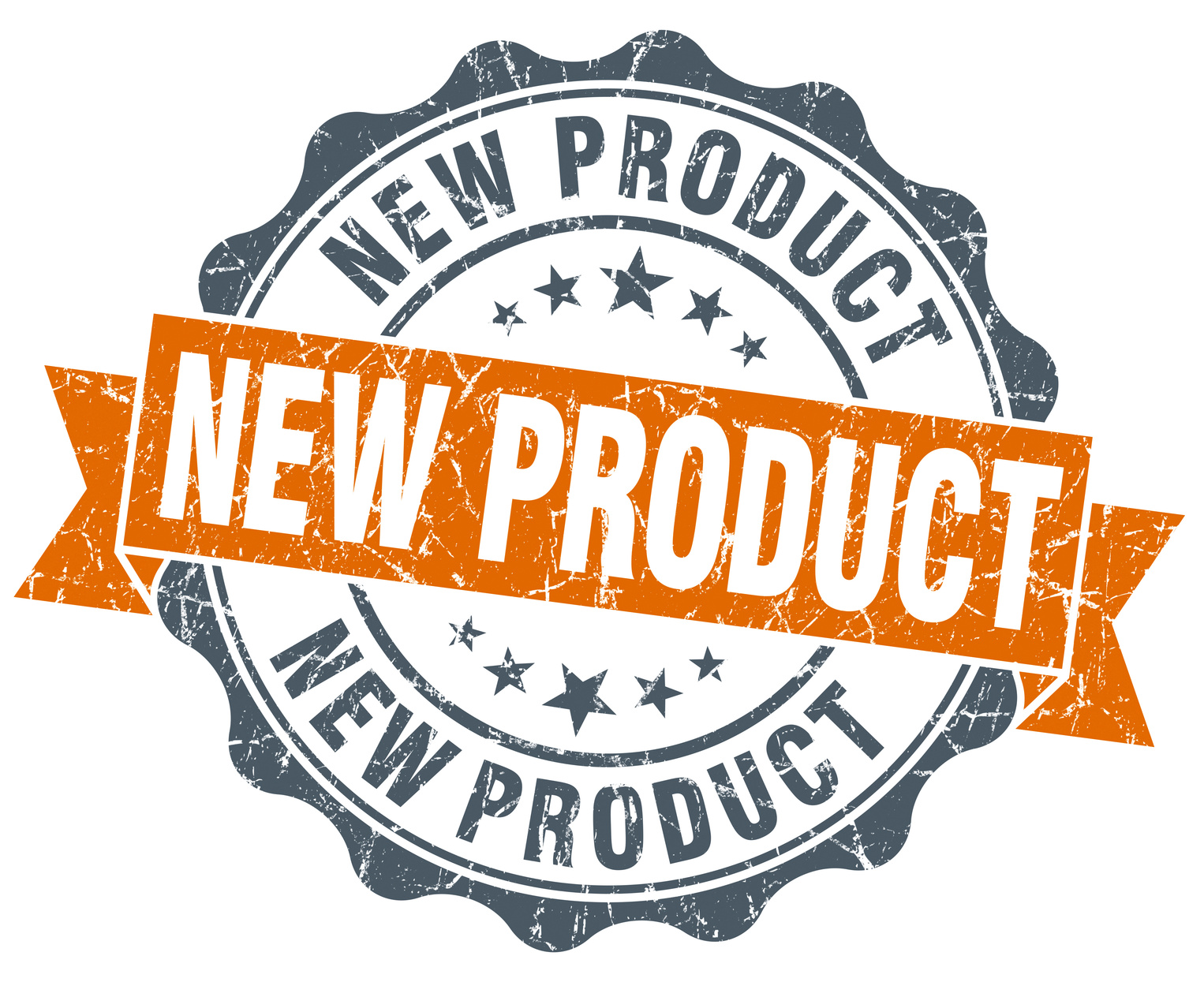One of the interesting dynamics to observe in the tech industry is the reputations and relations companies have, not only with the public but also among other companies, including their peers. For the former, Apple, Google, Uber, Microsoft, Amazon, Samsung, and others enjoy very positive relations with their customers. We interact with many of these companies and their products multiple times a day, whether it’s to make a purchase, use one of their devices, or access their services. It’s become so routine, we wonder how we ever got along without them.
But the dynamics vary more widely when we look at how these companies relate with their peers, partners, and competitors, at least from what we are able to see publicly.
Google, Uber, and Amazon, as examples, seem to enjoy strong relations with other companies that have come to depend on them for growing their commerce and selling their products. Amazon has built a huge business with their AWS (Amazon Web Services) that depends upon strong business relationships. Similarly, it’s now working with scores of companies to integrate their Alexa voice technology. Uber and Google have strong relationships with automobile companies collaborating in the development of autonomous cars. Each company benefits from these collaborations, even if they compete in other areas.
Apple, on the other hand, seems to be different. Whether it’s intentional or a result of their history of preferring to do everything themselves, they seem to have more difficult relationships with other companies and do far fewer collaborations. They seem, at times, to be less likely to be trusted, not unlike Microsoft of many years ago. Rarely do you see Apple working in collaboration with Google, Amazon or the car companies on really big initiatives. Apple Mail struggled to work well with Gmail and it took more than a year of haggling back and forth to fix it.
Even with suppliers, the relationships can get very rocky and public, namely their fights with Google, Samsung and now Qualcomm, the latter two suppliers to Apple of critical elements of their products.
Apple’s struggle to work closely with the automobile companies to integrate the iPhone has been far less successful than what they originally set out to do — building the entire user interface for the automobile companies. While the Apple CarPlay integration has found good acceptance along with Google’s Android Auto, the auto companies see them as interim solutions until they can develop their own.
Apple’s inability to build Apple TV into a stand-alone service to compete with the cable companies, a goal once stated, has also failed to materialize, likely a result of the entertainment companies not trusting Apple after what they did to the music business.
Perhaps this is intentional or a reflection of their history of being so innovative and adverse to what other companies were doing. It’s the walled garden approach that’s worked so well for their products. I’m not suggesting what they do is wrong. It’s just different in an industry that’s full of competitors that are also collaborators.

